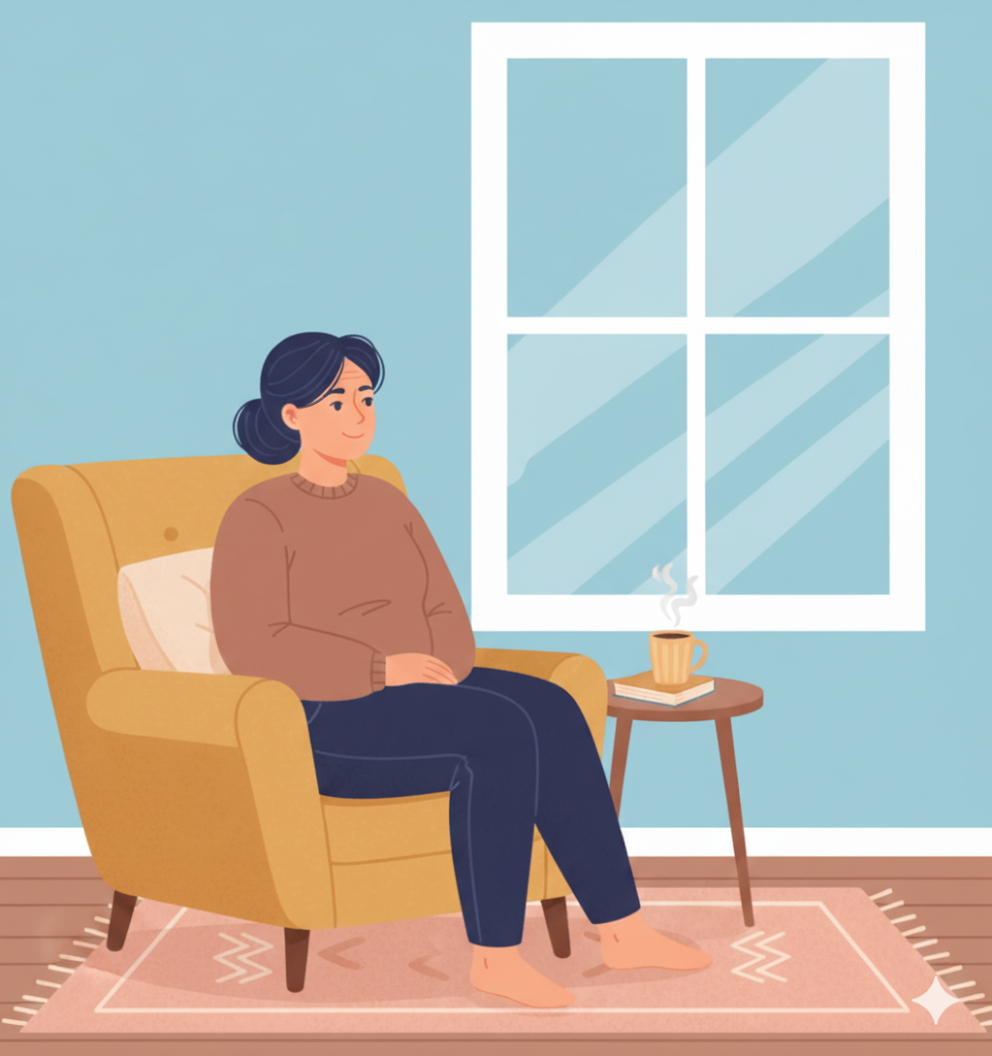The Nine Types of Rest You Didn’t Know You Needed
She didn’t notice the exhaustion at first.
Not really.
Claire was the kind of woman who handled everything:
the deadlines
the family group chats
the late-night laundry loads
the appointments
the work dramas she never asked for but somehow managed
the emotional crises of friends who texted her paragraphs, not sentences
ageing parents
growing kids.
She didn’t suddenly crash one day - she faded.
A little more each week.
It wasn’t until she found herself crying in the car park after forgetting a simple password that she finally admitted something was wrong. She hadn’t slept properly in months, but the tiredness wasn’t just in her bones. It was in her mind, her emotions, her creativity, her spirit. It was everywhere.
Her doctor told her to 'get more rest,' but the idea felt laughable.
Rest from what?
Everything?
Only later did she discover that rest is not a single thing. It’s not just sleep or holidays or thirty minutes on the sofa. Rest is layered. Multidimensional. And most women are unknowingly depleted in more ways than one.
The problem isn't just physical sleep. It is the numerous, often invisible, drains on our energy that go unreplenished.
Here is a guide to the nine types of rest—because knowing what you truly need is the first step toward restoring it.
1. Physical Rest
This includes both passive rest (sleep, lying down, stillness) and active rest (stretching, dancing, massage, releasing muscular tension).
It’s the most obvious type of rest, and often the one we assume will fix everything.
2. Sensory Rest
For when the world feels too loud, too bright, too smelly, too much.
Screens, chatter, smells, clutter, notifications: all of it adds up. Sensory rest comes from intentional quiet: dim lights, comfort, fewer tabs open (literally and mentally), and moments where nothing is demanding your attention.
3. Technological Rest
Your brain was not designed to receive hundreds of micro-stimuli a minute.
Tech rest means stepping back from devices long enough to reset your nervous system, reclaim your attention, and remember what your life feels like without a screen in your hand.
4. Mental Rest
The antidote to the running internal monologue and the endless task list in your head.
Mental rest frees you from problem-solving mode and constant decision-making. This can look like journalling, brain-dumping, or simply giving yourself permission to not think about something for an hour.
5. Emotional Rest
Not performing. Not pleasing. Not holding everything together. Not fixing.
Emotional rest is the space where you tell the truth, even if the truth is ‘I’m overwhelmed,’ and let yourself be supported rather than strong.
6. Creative Rest
This is the rest that rekindles joy, imagination and wonder.
It comes from art, nature, beauty, colour, curiosity: anything that reminds you that you’re not just a machine built to produce.
7. Spiritual Rest
Whether grounded in faith, connection, meaning, or values, spiritual rest is about alignment.
It refills the part of you that needs purpose, not productivity.
8. Social Rest
Some relationships replenish you; some quietly drain you.
Social rest looks like choosing the people who feel safe, steady, and real, and stepping back from the ones who require a social mask or emotional labour.
9. Change Rest
A lesser-known but deeply important form of replenishment.
Change, even good change, is taxing. Change rest gives your system time to integrate transitions, recalibrate routines, and anchor yourself before moving forward again. Honouring what has been, before stepping into something new.
A Manifesto for Rest
Understanding the nine types of rest is helpful, essential, even, but information isn’t transformation. At some point, you must decide what rest means to you and how you will honour it.
This is where the Rest Manifesto comes in.
Your ‘Rest Manifesto’ is a declaration (public or private) of your intentions, motives, or views. For you, this is a promise to yourself.
The good news is that you can write your own, and the process is straightforward:
• Start with a clear, declarative title. This sets the tone and purpose.
• List your core beliefs. What do you want to achieve or change? These should be non-negotiable truths for you.
• Outline the actions. How will you live by these beliefs? Make them specific and actionable.
A Rest Manifesto is not about perfection or performance.
It’s about clarity.
It’s about claiming your right to feel whole.
It’s about choosing the kind of life you want to return to when you finally allow yourself to pause.
Rest isn’t indulgence.
Rest is how you stay alive to your own life.
Write your manifesto.
Let it be imperfect, honest, and fiercely yours.
With love
Carolyn x
PS. Want to right your own Rest Manifesto? Click here

